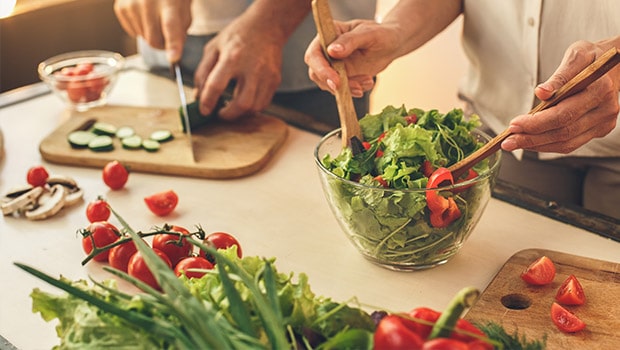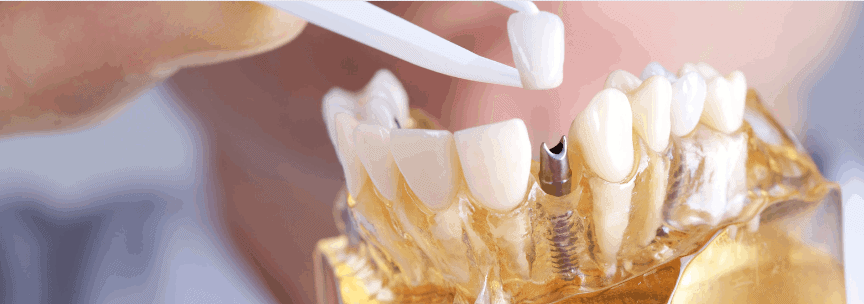What can I eat after a dental implant treatment?
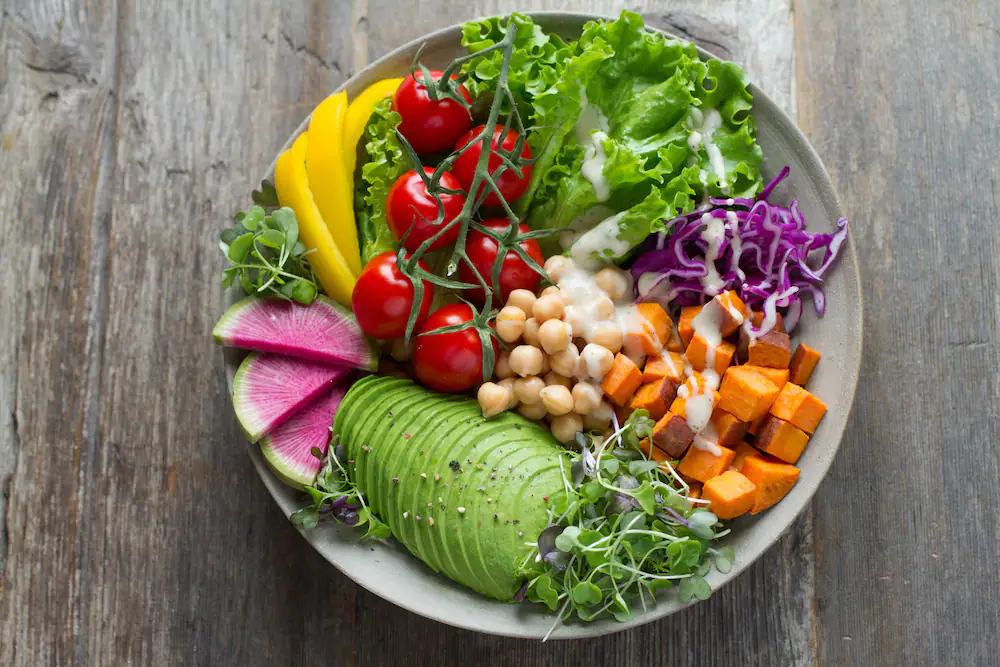
Dental implant treatments are transformative, offering a permanent solution to missing teeth and restoring smiles. As you embark on the journey to a new and improved dental landscape, it’s crucial to pay attention not only to the surgical aspects but also to your postoperative care, including your diet. The foods you choose in the days and weeks following the procedure can significantly impact the healing process and overall success of your dental implants.
The importance of Post-Operative nutrition:
A proper postoperative diet plays a crucial role in ensuring a smooth and speedy recovery after a dental implant procedure. The initial days are especially critical, as the implant site needs time to fuse with the surrounding bone. Opting for soft, nutrient-rich foods can help prevent unnecessary stress on the implants and facilitate the healing process.
Here’s a list of foods you can consider:
Smoothies:
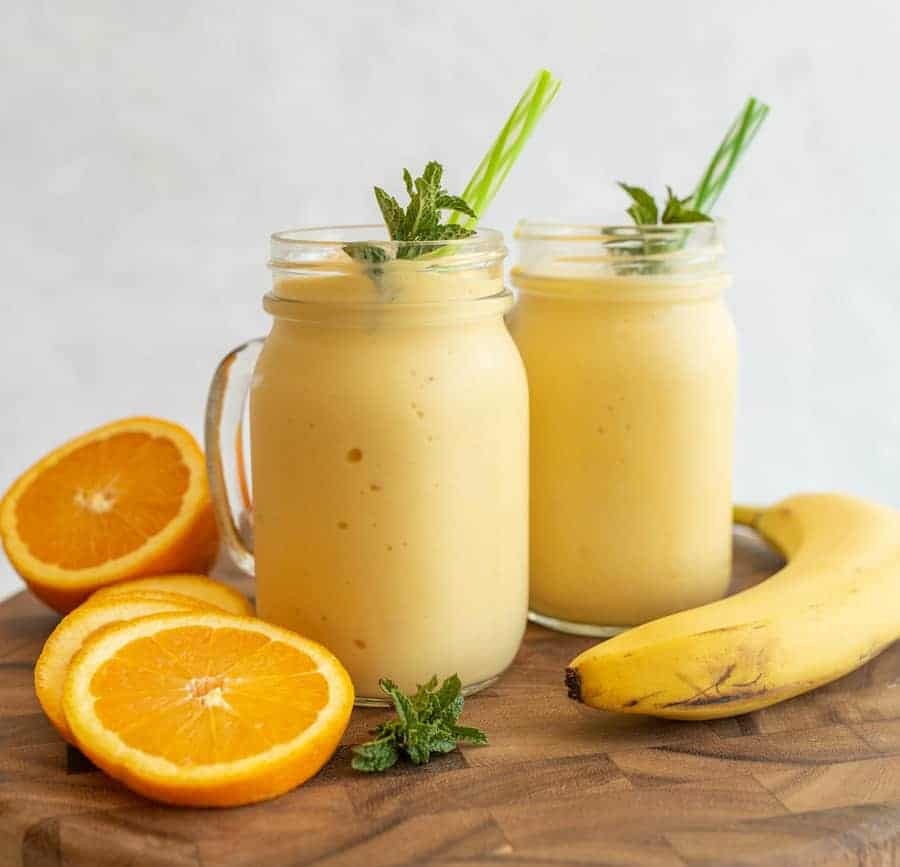
Ingredients:
- 1 ripe banana, peeled and sliced
- 1/2 cup mixed berries (such as strawberries, blueberries, raspberries)
- 1/2 cup diced mango (fresh or frozen)
- 1/2 cup plain yogurt or milk (use a dairy-free alternative if preferred)
- 1 scoop of protein powder (choose a flavor and type you like)
- Ice cubes (optional, for a colder smoothie)
Instructions:
- Place the sliced banana, mixed berries, diced mango, yogurt or milk, and protein powder into a blender.
- If you prefer a colder smoothie, add a handful of ice cubes.
- Blend all the ingredients until smooth and creamy. If the smoothie is too thick, you can add more yogurt or milk to reach your desired consistency.
- Taste the smoothie and adjust sweetness if needed by adding a drizzle of honey or maple syrup, although the fruits should provide plenty of natural sweetness.
- Pour the smoothie into a glass and enjoy immediately.
This smoothie provides a good balance of carbohydrates, protein, and vitamins from the fruits, yogurt/milk, and protein powder, which can support your recovery after dental treatment. Plus, it’s easy to consume and gentle on the mouth.
Soups :

Ingredients:
- 2 cups butternut squash or tomato puree (can use canned or homemade)
- 1 cup vegetable or chicken broth
- 1/2 cup coconut milk or heavy cream (optional, for creaminess)
- Salt and pepper to taste
- Olive oil or butter for sautéing (if making homemade puree)
Instructions:
- If using fresh butternut squash, peel, seed, and dice the squash. Then, sauté it in a pot with a little olive oil or butter until softened. If using fresh tomatoes for tomato soup, dice them.
- Once the squash or tomatoes are soft, add the vegetable or chicken broth to the pot.
- Bring the mixture to a simmer and cook until the squash or tomatoes are fully tender.
- If using coconut milk or heavy cream, add it to the pot for creaminess. Stir well.
- Use an immersion blender or transfer the mixture to a blender to puree until smooth.
- Season the soup with salt and pepper to taste.
- Heat the soup gently until it reaches a lukewarm temperature.
- Serve the soup in a bowl and enjoy its soothing warmth.
These pureed soups are gentle on the mouth and provide nourishment while ensuring the temperature is mild to prevent irritation after dental treatment.
Mashed potatoes:
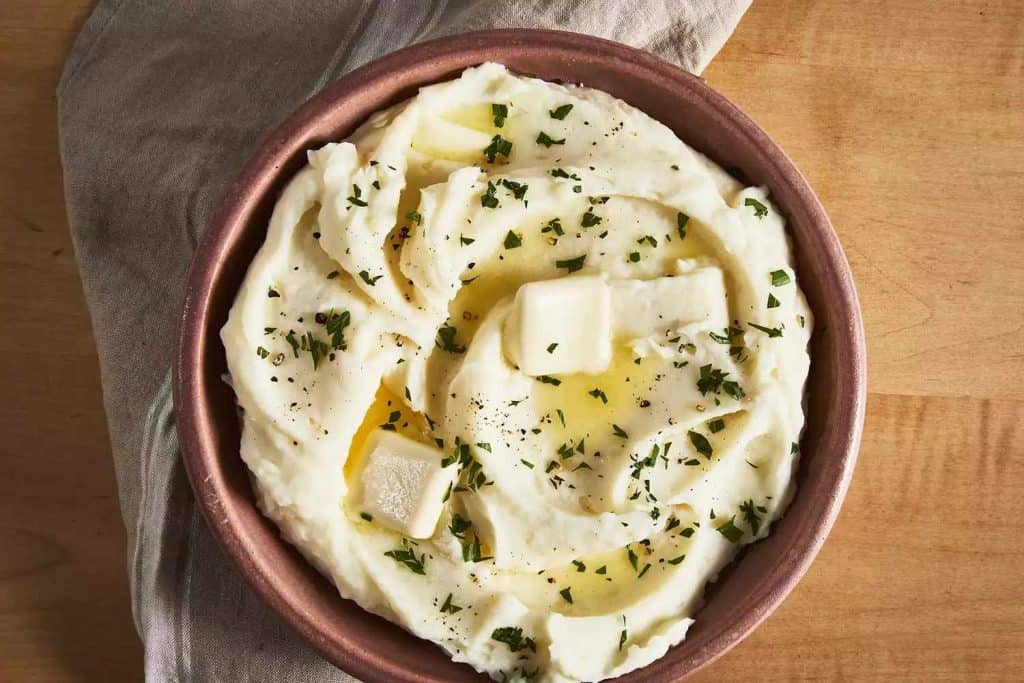
Ingredients:
- 2 large potatoes, peeled and cubed
- 2 tablespoons butter or olive oil
- Salt and pepper to taste
- Optional: chopped fresh herbs like parsley or chives for garnish
Instructions:
- Place the peeled and cubed potatoes in a pot and cover them with water.
- Bring the water to a boil over medium-high heat, then reduce the heat to simmer and cook the potatoes until they are fork-tender, about 15-20 minutes.
- Once the potatoes are cooked, drain them well and return them to the pot.
- Add the butter or olive oil to the pot with the cooked potatoes.
- Mash the potatoes using a potato masher or fork until they reach your desired consistency. If you prefer smoother mashed potatoes, you can use a hand mixer or blender.
- Season the mashed potatoes with salt and pepper to taste, and mix well to combine.
- If desired, garnish the mashed potatoes with chopped fresh herbs like parsley or chives for added flavor and freshness.
- Serve the mashed potatoes warm as a comforting and flavorful side dish.
These mashed potatoes are easy to prepare and provide a soft texture, making them ideal for consumption after dental treatment.
Yogurt:
Opt for plain or flavored yogurt, which is easy to eat and provides probiotics.
Oatmeal or porridge:
Cooked oatmeal or porridge with soft fruits like cooked apples or mashed bananas.
Scrambled eggs:
Scrambled or soft-boiled eggs are a good source of protein and easy to chew.
Avocado:
Mash or slice avocado and spread it on soft bread or eat it on its own.
Cottage cheese:
Soft and creamy cottage cheese can be a nutritious and easy-to-eat option.
Hummus:
Enjoy hummus with soft vegetables, such as cucumber or cooked carrots.
Pudding or Custard:
Smooth and creamy desserts like pudding or custard can be satisfying.
Remember to :
- Avoid Crunchy or Hard Foods: Steer clear of anything that may put pressure on the implant site.
- Watch the Temperature: Opt for lukewarm or cool foods to prevent irritation.
- Stay Hydrated: Drink plenty of water to aid in the healing process.
Your commitment to a nourishing post-dental implant diet is a crucial component of a successful recovery journey. By selecting soft, nutrient-packed options, you provide your body with the building blocks it needs to heal and adapt to your new dental implants. .

